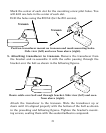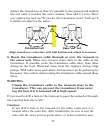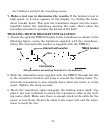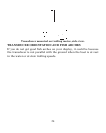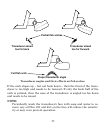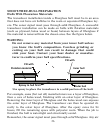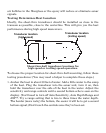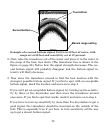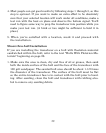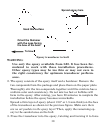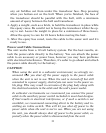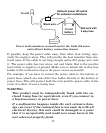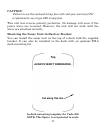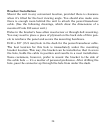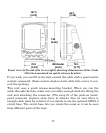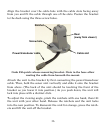29
4. Most people can get good results by following steps 1 through 3, so this
step is optional. If you want to make an extra effort to be absolutel
y
sure that your selected location will work under all conditions, make
a
test run with the boat on plane and observe the bottom signal. You'l
l
need to figure some way to prop the transducer into position while yo
u
make your test run. (A brick or two might be sufficient to hold it i
n
place.)
5. When you're satisfied with a location, mark it and proceed with
the installation.
Shoot-thru-hull Installation
If you are installing the transducer on a hull with floatation material
sandwiched within the hull, refer to the text "Hulls With Flotation Ma-
terials" beginning on page 26.
1. Make sure the area is clean, dry and free of oil or grease, then san
d
both the inside surface of the hull and the face of the transducer with
100 grit sandpaper. The sanded hull area should be about 1-1/2 times
the diameter of the transducer. The surface of the hull must be flat
so the entire transducer face is in contact with the hull prior to bond-
ing. After sanding, clean the hull and transducer with rubbing alco-
hol to remove any sanding debris.



